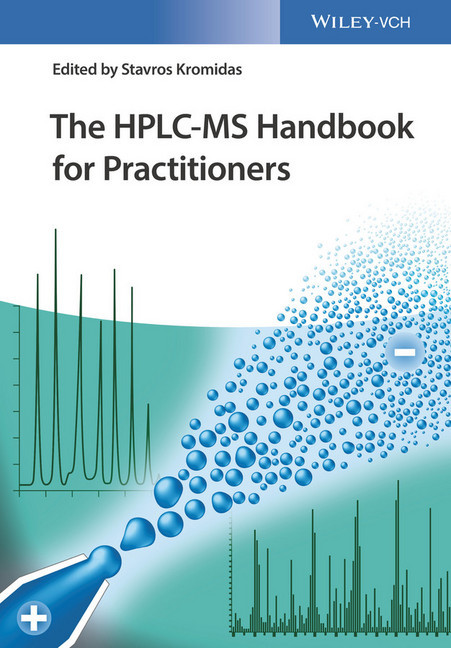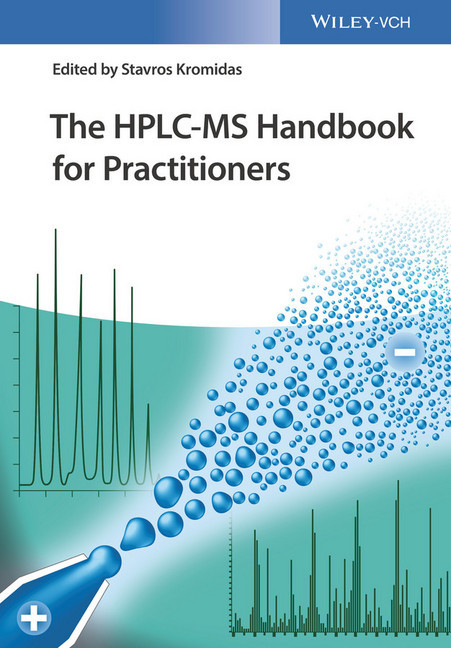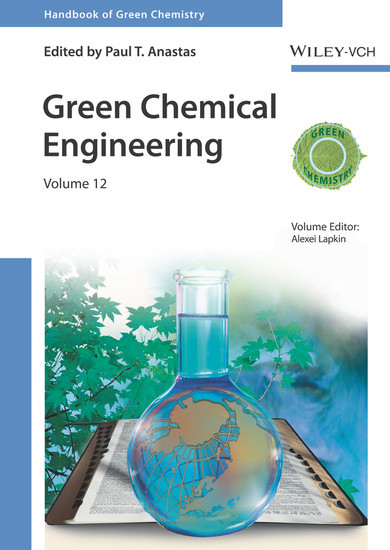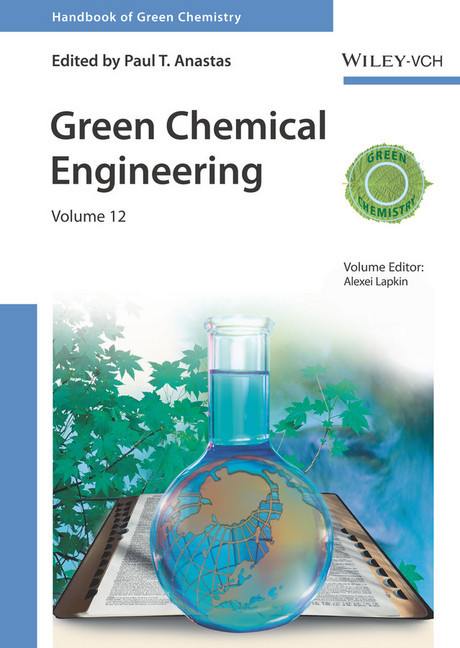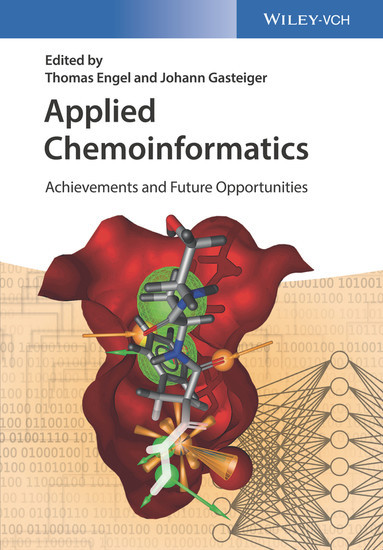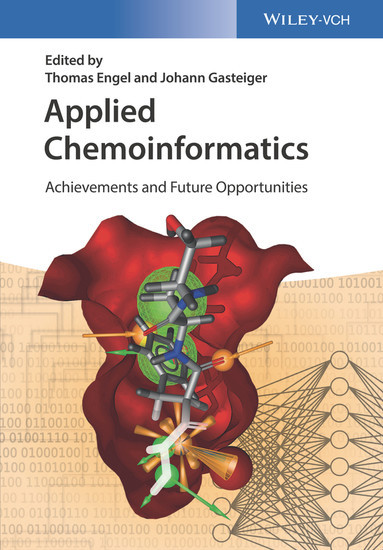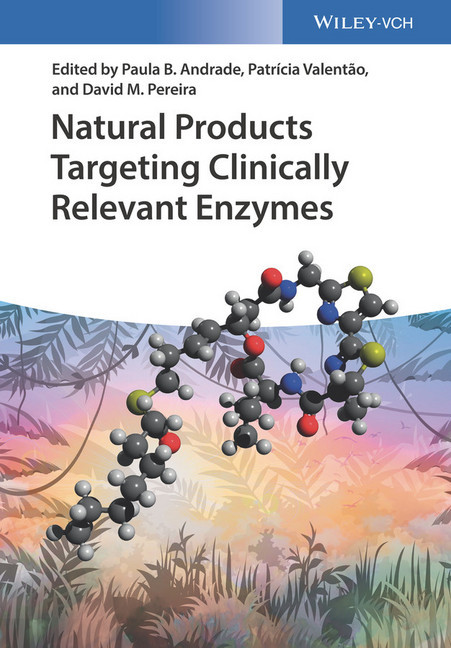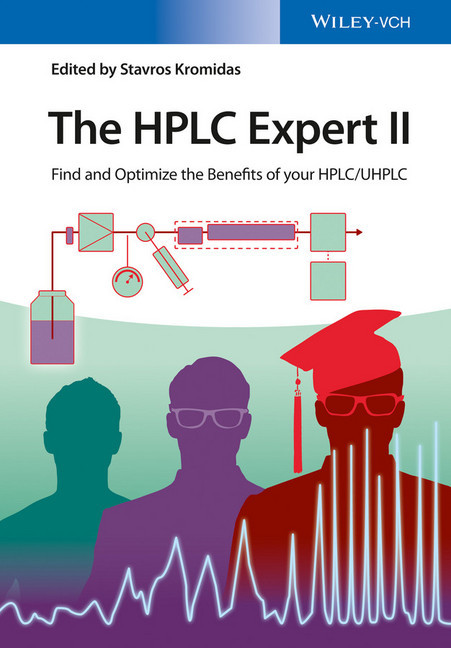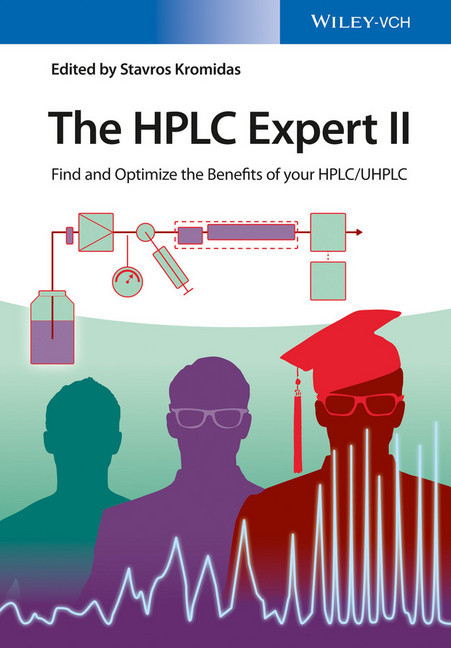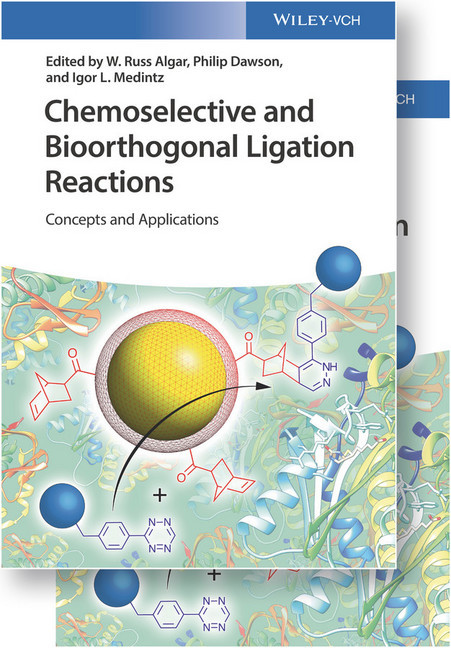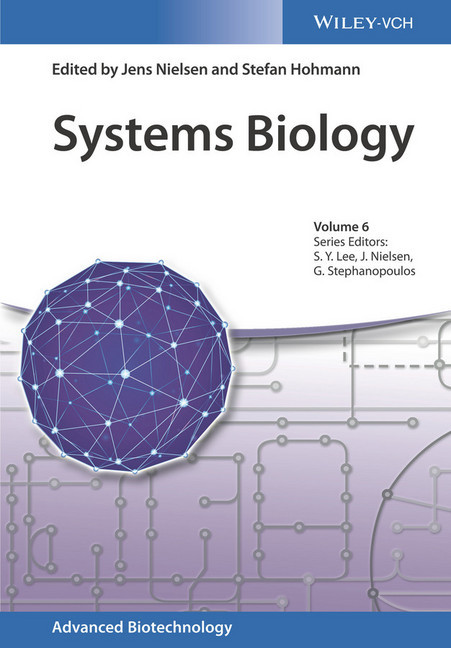The HPLC-MS Handbook for Practitioners
Filling the gap for an expert text dealing exclusively with the practical aspects of HPLC-MS coupling, this concise, compact, and clear book provides detailed information to enable users to employ the method most efficiently.
Following an overview of the current state of HPLC-MS and its instrumentation, the text goes on to discuss all relevant aspects of method development. A chapter on tips and tricks is followed by user reports on the advantages - and pitfalls - of applying the method in real-life scenarios. The whole is rounded off by a look at future developments by renowned manufacturers.
Stavros Kromidas studied biology and chemistry at the University of Saarbrücken, where he obtained his Ph.D. degree on the development of new chiral stationary phases for HPLC in 1983. After working for Waters GmbH for five years, he founded NOVIA GmbH, a provider of professional training and consulting in analytical chemistry, serving as the CEO until 2001. Since 2001 he works as an independent consultant for analytical chemistry, based in Saarbrücken (Germany). For more than 20 years he has regularly held lectures and training courses on HPLC, and has authored numerous articles and several books on various aspects of chromatography.
1;Cover;1 2;Main title;5 3;Copyright page;6 4;Contents;7 5;Preface;13 6;The Structure of HPLC-MS for Practitioners;15 7;List of Contributors;17 8;Part I Overview, Pitfalls, Hardware-Requirements;19 8.1;1 State of the Art in the LC/MS;21 8.1.1;1.1 Introduction;21 8.1.2;1.2 Ionization Methods at Atmospheric Pressure;23 8.1.2.1;1.2.1 Overview of API Methods;24 8.1.2.2;1.2.2 ESI;24 8.1.2.3;1.2.3 APCI;26 8.1.2.4;1.2.4 APPI;27 8.1.2.5;1.2.5 APLI;28 8.1.2.6;1.2.6 Determination of Ion Suppression;29 8.1.2.7;1.2.7 Best Ionization for Each Question;29 8.1.3;1.3 Mass Analyzer;30 8.1.4;1.4 Future Developments;31 8.1.5;1.5 What Should You Look for When Buying a Mass Spectrometer?;32 8.1.6;References;32 8.2;2 Technical Aspects and Pitfalls of LC/MS Hyphenation;37 8.2.1;2.1 Instrumental Requirements for LC/MS Analysis - Configuring the Right System for Your Analytical Challenge;38 8.2.1.1;2.1.1 (U)HPLC and Mass Spectrometry - Not Just a Mere Front-End;38 8.2.1.2;2.1.2 UHPLC System Optimization - Gradient Delay and Extra-column Volumes;39 8.2.1.3;2.1.3 Does Your Mass Spectrometer Fit Your Purpose?;51 8.2.1.4;2.1.4 Data Rates and Cycle Times of Modern Mass Spectrometers;56 8.2.1.5;2.1.5 Complementary Information by Additional Detectors or Mass Spectrometry Won't Save the World;57 8.2.2;2.2 LC/MS Method Development and HPLC Method Adaptation - How to Make My LC Fit for MS?;61 8.2.2.1;2.2.1 Method Development LC/MS - LC Fits the MS Purposes;62 8.2.2.2;2.2.2 Converting Classical HPLC Methods into LC/MS;71 8.2.3;2.3 Pitfalls and Error Sources - Sometimes Things Do Go Wrong;72 8.2.3.1;2.3.1 No Signal at All;72 8.2.3.2;2.3.2 Inappropriate Ion Source Settings and Their Impact on the Chromatogram;74 8.2.3.3;2.3.3 Ion Suppression;76 8.2.3.4;2.3.4 Unknown Mass Signals in the Mass Spectrum;77 8.2.3.5;2.3.5 Instrumental Reasons for the Misinterpretation of Mass Spectra;83 8.2.4;2.4 Conclusion;86 8.2.5;2.5 Abbreviations;87 8.2.6;References;87 8.3;3 Aspects of the Development of Methods in LC/MS Coupling;91 8.3.1;3.1 Introduction;91 8.3.2;3.2 From Target to Screening Analysis;92 8.3.2.1;3.2.1 Target Analysis;92 8.3.2.2;3.2.2 Suspected-Target Screening;92 8.3.2.3;3.2.3 Non-target Screening;92 8.3.2.4;3.2.4 Comparable Overview of the Different Acquisition Modes;93 8.3.3;3.3 The Optimization of Parameters in Chromatography and Mass Spectrometry;93 8.3.3.1;3.3.1 Requirements and Recommendations for HPLC/MS Analysis Taking DIN 38407-47 as an Example;93 8.3.3.2;3.3.2 The Definition of Critical Peak Pairs in the Context of HPLC/MS Coupling;95 8.3.3.3;3.3.3 The Separation of Polar Components from the Column Void Time;97 8.3.3.4;3.3.4 Determining the HPLC Method Parameters Using the Example of the Separation of Selected Pharmaceuticals;98 8.3.3.5;3.3.5 Carrying out Screening Experiments;102 8.3.3.6;3.3.6 Evaluation of the Data and Discussion of the Influencing Parameters;104 8.3.3.7;3.3.7 Using Simulation Software for Fine Optimization;116 8.3.3.8;3.3.8 Choosing the Stationary Phase Support;117 8.3.3.9;3.3.9 The Influence of the Inner Column Diameter and the Mobile Phase Flow Rate;121 8.3.3.10;3.3.10 The Influence of the Injection Volume;122 8.3.3.11;3.3.11 Establishing the Mass Spectrometric Parameters;133 8.3.3.12;3.3.12 Optimization of the Mass Spectrometric Parameters;135 8.3.3.13;3.3.13 Quantification Using LC/MS;140 8.3.3.14;3.3.14 Screening Using LC/MS;146 8.3.3.15;3.3.15 Miniaturization160`-8211`- LC/MS Quo Vadis?;150 8.3.4;References;152 9;Part II Tips, Examples, Trends;157 9.1;4 LC/MS for Everybody/for Everything? - LC/MS Tips;159 9.1.1;4.1 Introduction;159 9.1.2;4.2 Tip Number 1;160 9.1.2.1;4.2.1 Choosing the Right LC/MS Interface;160 9.1.3;4.3 Tip Number 2;166 9.1.3.1;4.3.1 Which Mobile Phases Are Compatible with LC/MS?;166 9.1.4;4.4 Tip Number 3;167 9.1.4.1;4.4.1 Phosphate Buffer - The Exception;167 9.1.5;4.5 Tip Number 4;168 9.1.5.1;4.5.1 Paired Ions;168 9.1.5.2;4.5.2 Which "Antidote" Is Available?;169 9.1.5.3;4.5.3 Summary;170 9.1.6;4.6 Tip Number 5;1
Kromidas, Stavros
| ISBN | 9783527809196 |
|---|---|
| Artikelnummer | 9783527809196 |
| Medientyp | E-Book - PDF |
| Copyrightjahr | 2017 |
| Verlag | Wiley-VCH |
| Umfang | 260 Seiten |
| Sprache | Englisch |
| Kopierschutz | Adobe DRM |

